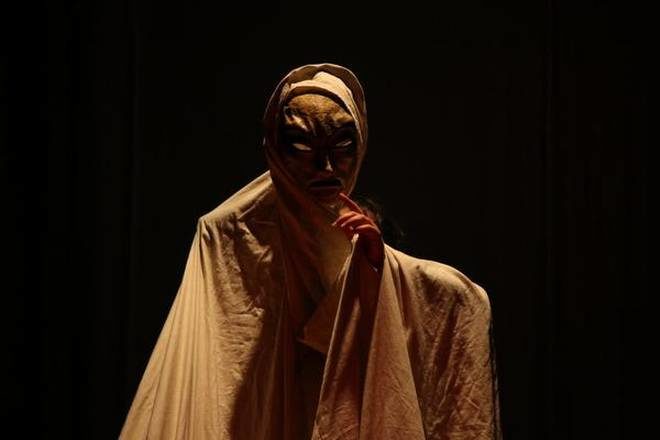Anurupa Roy’s much-feted Mahabharata thrilled audience with the innovative use of puppetry in theatre, and won ‘Best Production’ honour at this year’s Mahindra Theatre Festival Awards (META).
The Mahabharata has been fascinating playwrights since the days of Sanskrit playwright Bhasa, one of India’s most ancient dramatists. His six plays deal with different episodes from the Mahabharat. His three plays – Urbhangam, Madhyam Vyayoga, and Karnabharam – directed by Kavalam Narayana Panikkar reveal the universal appeal of Bhasa. Inspired by the Mahabharat, Dharamvir Bharati wrote Andha Yug which is considered as the contemporary Indian classic. Another significant play is Chakravyuh written and directed by Ratan Thiyam. A number of modern dramatists are recreating and reinterpreting great characters from the epic. Peter Brook’s The Mahabharata brought to the notice of the world the dramatic grandeur and universal relevance of the Indian epic.
As far as puppet theatre is concerned, it has been exploring mythology using a variety of puppet techniques. The latest version of the Mahabharat, which was presented by the Katkatha Puppet Arts Trust at the just ended Mahindra Theatre Festival at LTG auditorium, thrilled the audience. Remarkable for its highly innovative use of different techniques, blending of different theatrical expressive means, it brings alive great warriors of the epic caught in the web of revenge, hatred, intoxicated with their own egos, culminating in genocide. They are also obsessed with an urge for self-exploration.
The narrator tells the audience about the epic, bringing vividly characters like Draupadi, Gandhari, Karna and Arjun. Through the depiction of apocalyptic war, the production seeks to illustrate pacifist thesis. The great war of the Mahabharat was fought between the Pandavas and the Kauravas warriors for 18 days in the name of establishing truth by defeating the falsehood but it resulted in the brazen disregard of all moral codes. There is an inner urge for peace in the warriors. Most of the combatants want to save the universe from total annihilation. Bhishma while breathing his last owing to the deadly arrows of Arjun using Sikhandi as cover, says to Duryodhan, “Make peace with him (Arjuna) without further delay. May the war cease with my exit. Listen to me, son, make peace with the Pandavas.” But peace could not be restored. The production suggests in a subtle way that the forces of peace must unite to defeat the enemies of peace.
This article was first published on www.thehindu.com. Reposted with permission of the author. Read the original here.
This post was written by the author in their personal capacity.The opinions expressed in this article are the author’s own and do not reflect the view of The Theatre Times, their staff or collaborators.
This post was written by Diwan Singh Bajeli.
The views expressed here belong to the author and do not necessarily reflect our views and opinions.


















